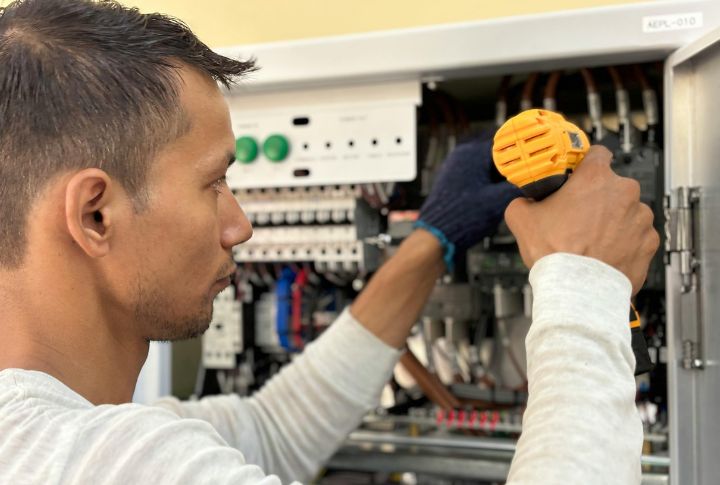
It’s easy to feel confident with a screwdriver in hand, and a YouTube tutorial queued up. But inside your breaker panel, assumptions can turn dangerous fast. Some oversights are downright hazardous. Before tackling your next electrical project, make sure you’re not missing what too many weekend warriors overlook. Read on to know what most DIYers completely miss.
Failing To Fully De-Energize The Panel Before Starting
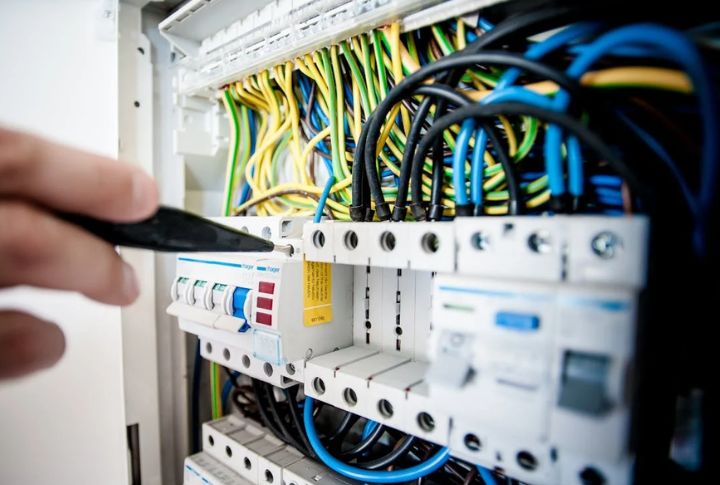
Many DIYers mistakenly assume the panel is safe once the main breaker is off. However, solar inverters may keep circuits energized. Always use a multimeter to verify that power is fully off before beginning work on a panel.
Using The Wrong Breaker Type For The Panel Brand
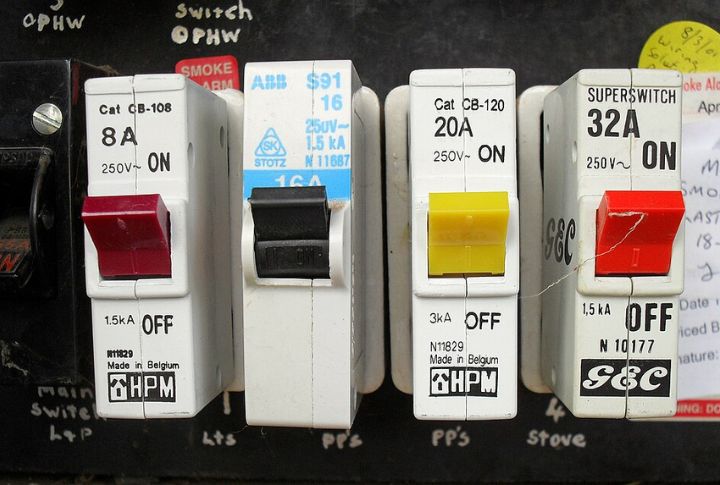
Breakers vary across brands, and using incompatible ones voids (Underwriters Laboratories) UL listing, causing possible arcing or panel damage. Following the code requirements ensures safe operation. It’s similar to using the wrong parts for a car—fitting doesn’t guarantee safety or legality.
Ignoring Arc Fault And GFCI Requirements In Living Spaces
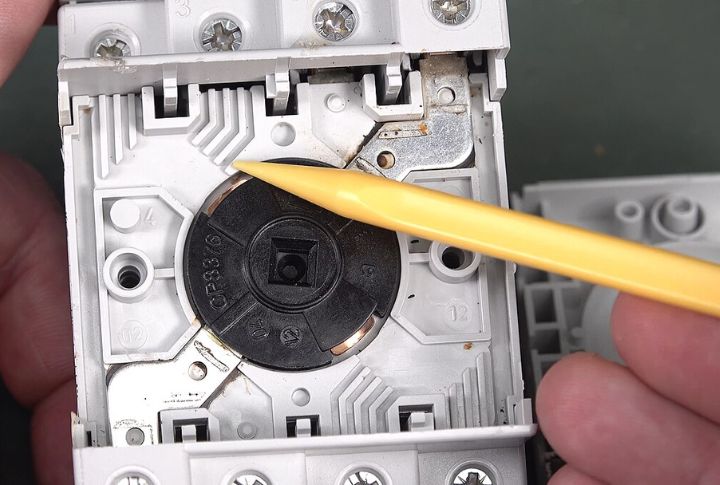
AFCI and GFCI breakers are mandatory for bedrooms, kitchens, and bathrooms. These protect against risks standard breakers can’t detect, like arc or ground faults. Older homes may lack these protections, and compliance prevents fire and shock hazards.
Leaving Neutral Wires Disconnected Or Dangling
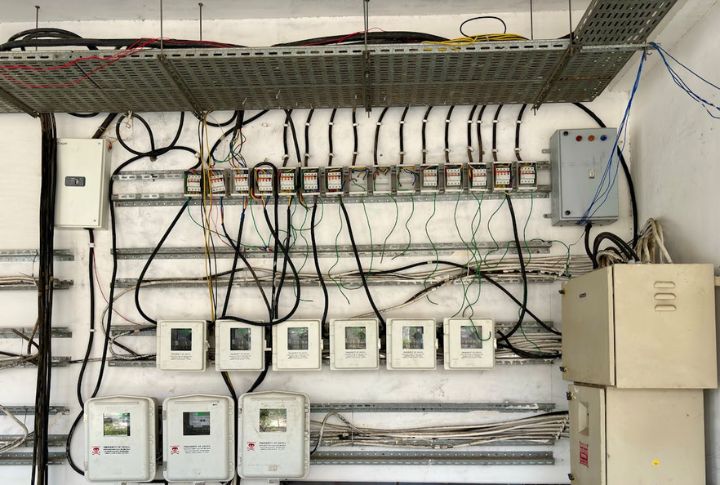
Disconnecting or leaving a neutral wire loose can disrupt circuits and cause erratic appliance behavior. This mistake can also pose shock risks and damage electronics. Proper termination of neutral conductors is required by the electrical code to prevent potential issues like appliance failure.
Installing Tandem Breakers Where They’re Not Allowed
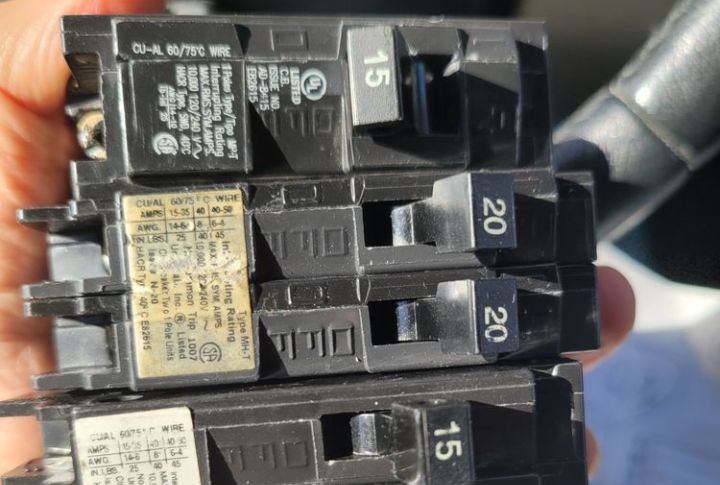
Tandem breakers are not universally supported in all panels. Installing them illegally can lead to overheating, electrical hazards, and code violations. Some slots may not even be compatible. Always check panel specifications before attempting to install tandem breakers.
Forgetting To Bond The Ground And Neutral In Main Panels
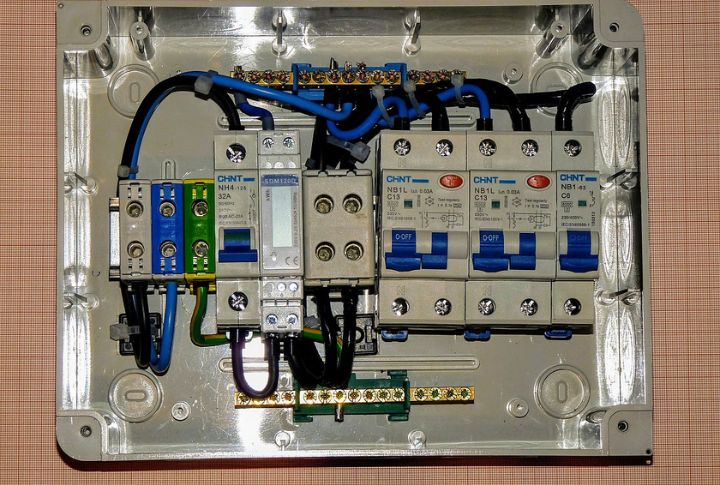
Main service panels must bond neutral and ground bars to prevent dangerous stray currents. Failing to do so can energize metal fixtures or cause flickering lights. This step is a critical distinction from subpanel wiring and is often misunderstood by DIYers.
Running Cables Without Proper Clamps Or Support
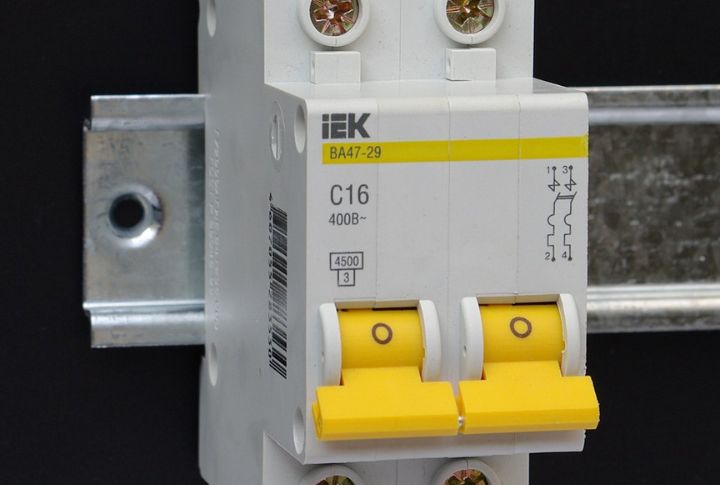
The electrical code mandates that cables entering the panel must be securely anchored to prevent movement. Loose wires can gradually pull out, causing arcing or even fires. Proper strain relief ensures wires stay in place and prevents potential hazards like wire stress or connection loss.
Stuffing Unused Wires Or Splices Into The Panel
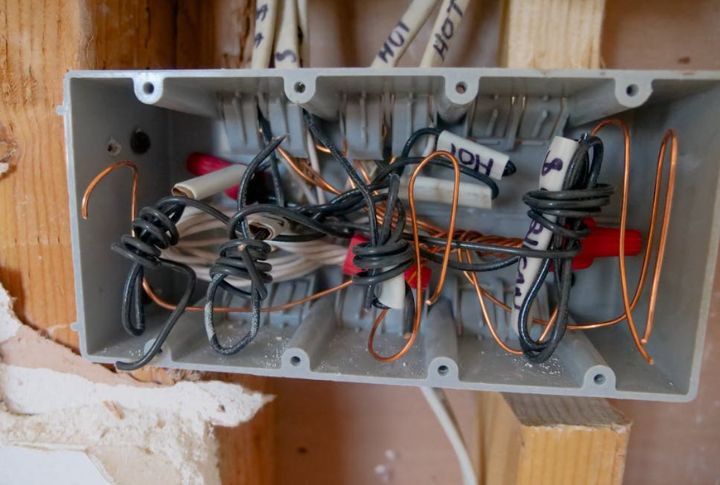
Unused wires or splices should never be stored inside a panel. All splices must be placed in accessible junction boxes. Tucking wires inside a panel obstructs airflow and traps heat while creating clutter. It also leads to inspection failures or concealed hazards.
Painting Inside Or Around The Breaker Panel
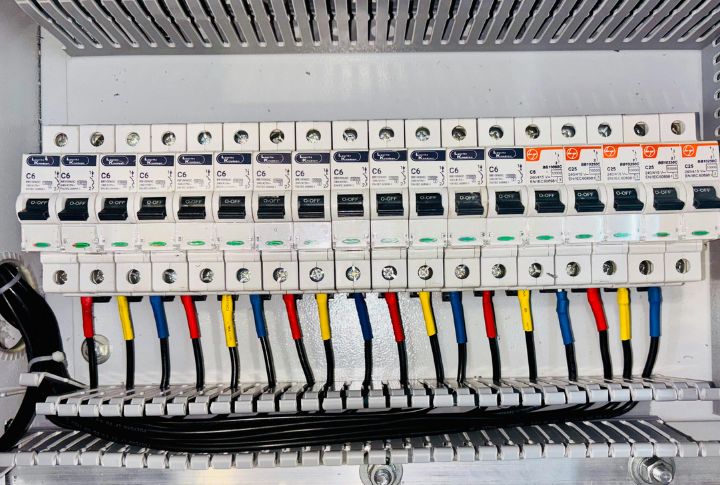
Painting a breaker panel is prohibited by the NEC because it interferes with labeling and access to components. Painted screws and bus bars may overheat, compromising conductivity. Even minor overspray can void the UL listing and introduce hidden risks in your electrical system.
Using Extension Cord Wiring For Permanent Circuits
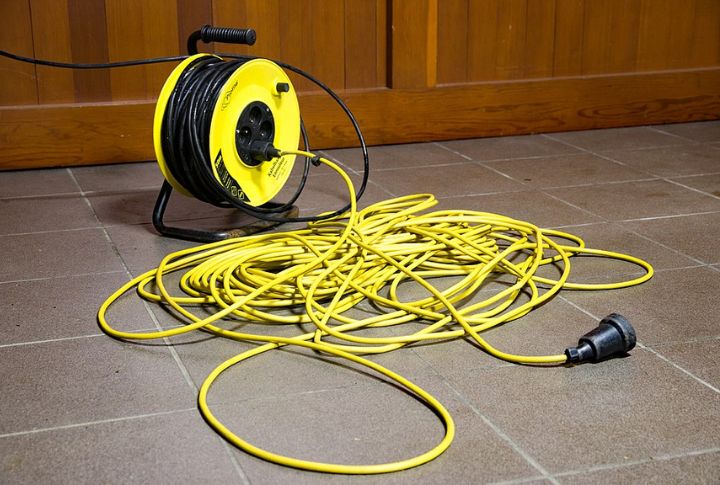
Extension cords are not intended for fixed wiring inside walls or panels. The NEC requires NM or conduit wiring for permanent circuits to ensure safety. Using lamp cords or similar alternatives may seem like a shortcut, but it introduces major fire risks, which can lead to significant electrical failures.

